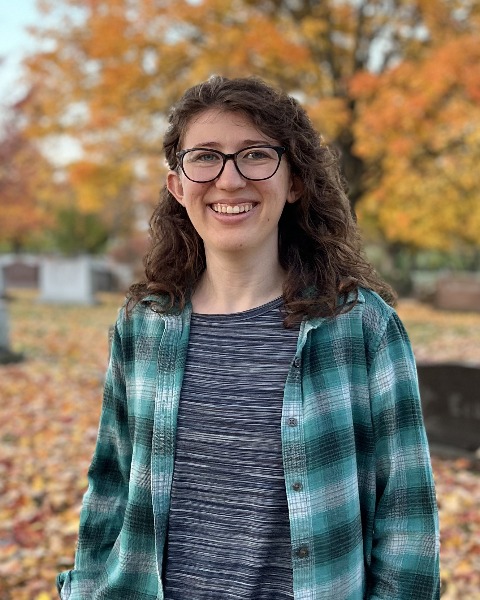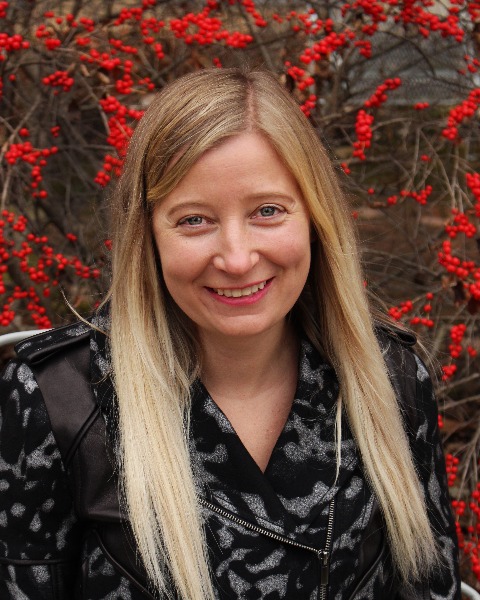Student 10-Minute Paper
Plant-Insect Ecosystems
Student Competition
Student
Formal and Informal Teaching
(2nd Place) Demonstrating intention: Uncovering management requirements for neighbors to accept vacant lots as a conservation space for bees

Caralee Shepard
Graduate Student
The Ohio State University
Columbus, Ohio
Mary Margaret Gardiner (she/her/hers)
Professor
The Ohio State University
Columbus, Ohio- MR
Mary Rodriguez
The Ohio State University
Columbus, Ohio
Presenting Author(s)
Co-Author(s)
Legacy cities have experienced protracted population loss resulting in large holdings of vacant land. Vacant lots are typically mown monthly, supporting bloom of urban spontaneous vegetation. These greenspaces have been found to support species rich communities of wild pollinators. Given their spatial extent and demonstrated potential for bee conservation, many extension-officials and conservation-minded individuals are motivated to improve the quality of vacant land in their community. Such efforts include seeding vacant land with low-growing flowers and establishing “pocket-prairies” of Ohio wildflowers. This effort to transform vacant land into bee habitat is not uniformly supported. In lower-income legacy-city neighborhoods vacant land is a visible indicator of instability, lack of care, and a reminder of loss. These spaces represent institutional and individual disinvestment and discrimination and undermine the perceived and actual safety of residents, with implications for their physical and mental health. Our goal was to utilize a survey-based approach to determine how attitudes towards pollinators as well as sociocultural-drivers influence acceptance of bee habitat in vacant lots. Further, we explored resident’s requirements for landscaping aesthetics that need to be employed for pollinator habitats to be supported. We found evidence supporting the hypotheses that 1) attitudes towards pollinators correlated with rankings of more pollinator-focused management, 2) visible intentionality such as the inclusion of colorful flowers and fencing was considered most important for vacant lot management and 3) potential compromises exist to create habitat for pollinators that will be appreciated by the residents who will interact with it the most.

.png)

